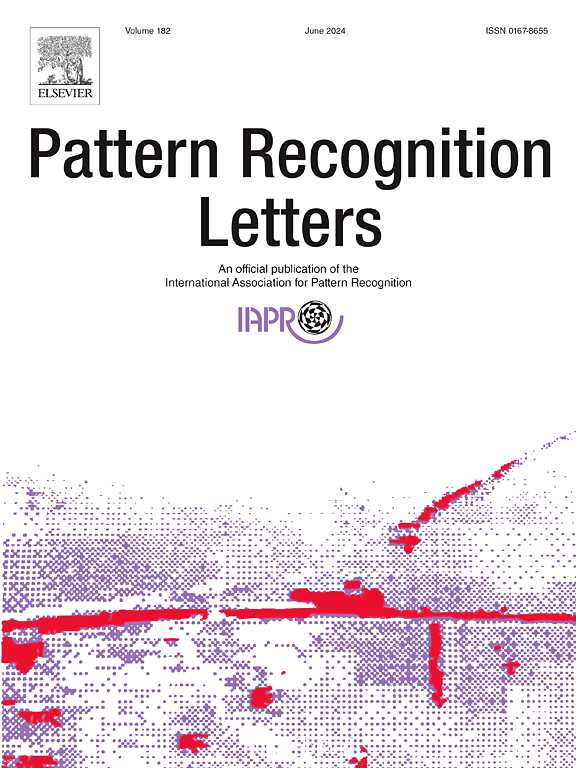IRCNN+: An enhanced Iterative Residual Convolutional Neural Network for non-stationary signal decomposition
IF 3.3
3区 计算机科学
Q2 COMPUTER SCIENCE, ARTIFICIAL INTELLIGENCE
引用次数: 0
Abstract
Time–frequency analysis is a crucial yet challenging task in numerous applications. The mainstream approach involves first decomposing non-stationary signals into quasi-stationary components to enhance the time–frequency feature clarity during analysis. Inspired by deep learning, we proposed the Iterative Residual Convolutional Neural Network (IRCNN) to address non-stationary signal decomposition. Deep learning enables IRCNN not only to achieve more stable decomposition results than existing methods but also to handle batch processing of large-scale signals with low computational costs. However, certain structural components of IRCNN remain relatively rudimentary, leading to limitations in local feature characterization, smoothness constraint, and adaptability requirement for non-stationary signals. This study aims to further refine IRCNN by integrating flexible techniques from deep learning and optimization—such as multi-scale convolutional layers, attention mechanism, and total variation denoising method—to enhance the method and overcome its inherent limitations.
IRCNN+:一种用于非平稳信号分解的增强迭代残差卷积神经网络
在许多应用中,时频分析是一项至关重要但具有挑战性的任务。主流的方法是首先将非平稳信号分解为准平稳分量,以提高分析时的时频特征清晰度。受深度学习的启发,我们提出了迭代残差卷积神经网络(IRCNN)来解决非平稳信号分解问题。深度学习使IRCNN不仅可以获得比现有方法更稳定的分解结果,而且可以以较低的计算成本处理大规模信号的批量处理。然而,IRCNN的某些结构成分仍然相对初级,导致其在局部特征表征、平滑性约束和对非平稳信号的适应性要求等方面存在局限性。本研究旨在通过整合深度学习和优化的灵活技术,如多尺度卷积层、注意机制和全变差去噪方法,进一步完善IRCNN,以增强该方法并克服其固有的局限性。
本文章由计算机程序翻译,如有差异,请以英文原文为准。
求助全文
约1分钟内获得全文
求助全文
来源期刊

Pattern Recognition Letters
工程技术-计算机:人工智能
CiteScore
12.40
自引率
5.90%
发文量
287
审稿时长
9.1 months
期刊介绍:
Pattern Recognition Letters aims at rapid publication of concise articles of a broad interest in pattern recognition.
Subject areas include all the current fields of interest represented by the Technical Committees of the International Association of Pattern Recognition, and other developing themes involving learning and recognition.
 求助内容:
求助内容: 应助结果提醒方式:
应助结果提醒方式:


